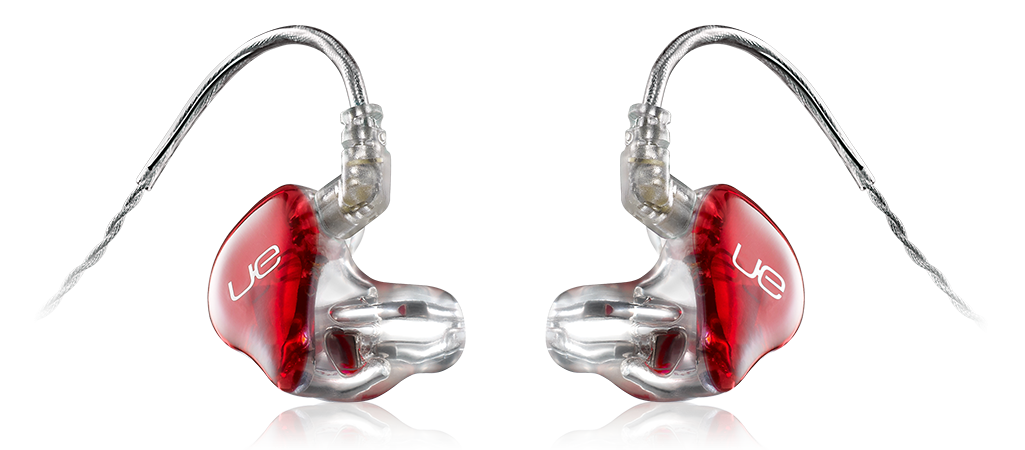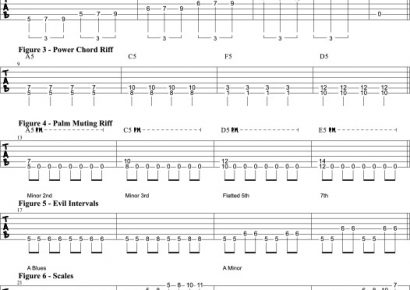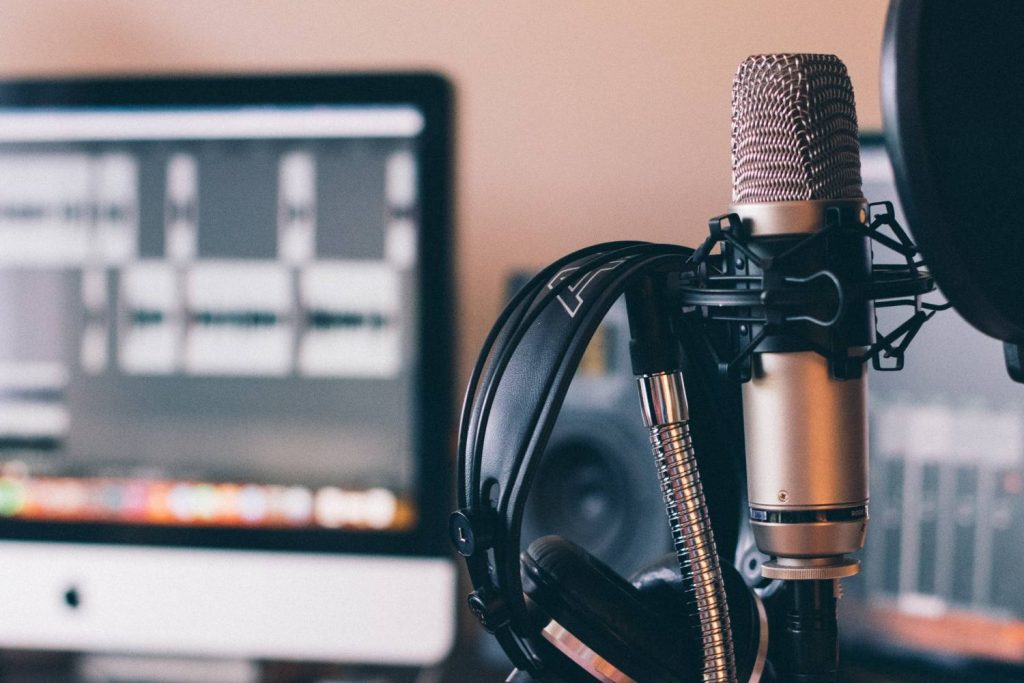In the time that I’ve played drums I’ve had some great gigs and some equally horrifying ones. Some (not all) of the reasons behind the outcome of any gig is whether you can hear yourself, how much you can hear yourself and the quality of the sound you are hearing. Let’s suss out the two primary options that are available to us drummers these days. Basic methods of monitoring on stage are the uses of fold back wedges/speakers or in-ear monitors (headphones). Both ways offer some pros and cons and many players will have a distinct preference.
In-Ear Monitoring
First lets talk about in-ear monitoring. Essentially, we’re talking about headphones, although, players in the know will tell you that not all headphones are made equal and some of the major companies that manufacture these monitors (such as Ultimate Ears) have options for headphones with multiple armatures and crossovers for ultimate clarity. Unfortunately, regardless of the amazing piece of kit, when it comes to hearing yourself on stage, you’re usually negotiating with another party. Here are some of the initial downsides of using in-ear monitors.
- You may not realise how loud you’ve had the mix set in your ears and at the end of the gig, you’ll know about it.
- Prolonged use at higher volumes could damage ears
- Need to have perfect mix of everything on stage to make it work as it’s harder to be engaged with the band if mix is bad.
- You can unknowingly play louder to compensate for the noise cancellation effect as your drums won’t be as loud and the sound won’t be coming at you in the same way as when you don’t have headphones in.
- Sudden spikes in volume (feedback, changes in volumes of instruments on stage, mistakes by the engineer) can be very damaging to ears.
- In ear monitors are not cheap and costly to replace if they get lost.
- Wireless variations of in-ear monitors can encounter interference if not set up properly.
- If not using custom moulds, some players can find the earphones uncomfortable.
Having said this, the benefits of using in-ears are also present and worthy of noting.
- A perfect mix of your drums is always a good thing!
- You can run a portable mixing desk for yourself to give full control of your own sound in your monitors.
- Backing tracks with click or metronome are a breeze when you can hear so clearly and you’re not battling with other instruments as much. You can also split and pan the tracks so that the click is isolated on it’s own channel for even greater control.
- The sound is more isolated from other noise on stage, so you’re likely to hear more of what’s going on if your mix is clean.
- You can theoretically have a softer mix in your monitors to save your ears and there’s less to set up if you’re running the PA yourself.
Foldback / Wedges
The other, more regularly supplied option for monitoring is the good ol’ fashioned speaker or foldback. I was fortunate on a recent tour to have a monitor set up that included a top box and a subwoofer. In terms of feel, this was nice as my kick drum was very present and I was able to get a nice environment happening for the gig. Again, like anything there’s pros and cons with foldback wedges. Some of the chal- lenges might include:
- Feedback
- Positioning of the speaker itself
- A bad EQ or an incompetent monitor engineer can lead to constant battles as well as talking back and forth trying to get a good sound.
- Can be often set too loud.
- It’s an extra set of speakers to carry around if you’re doing PA yourself.
- Having multiple monitors for all musicians simply creates more on sound on stage which can lead to problems in front of house as well as feedback
The positives?
- Because your ears are free of obstructions, you’re more aware of the performance space around you and what the other players are doing.
- You can get more low end frequencies from larger speakers and a bigger sound
- It’s ultimately more comfortable for the majority of drummers as it’s more a standard option for sound engineers.
- It’s simpler to get a good mix as the drummer might still be able to hear other instruments from stage sound alone meaning less needs to go into the mix and a more relaxed approach to monitoring.
So Which Is Ultimately Best?
This is personal preference. I like both but for different reasons. If I’m running tracks, I like to use in-ear monitors – even cheaper ones. I have greater depth of hearing click and track and this is important. If I were playing a gig where interaction with the other musicians is paramount, I’d opt for standard fold back. I can hear when people are talking to me, the sound of my drums is right there and I can be a real part of the experience – not just in my own little world. Again, this is all subjective and everyone will have a different preference but it’s nice to have options.







